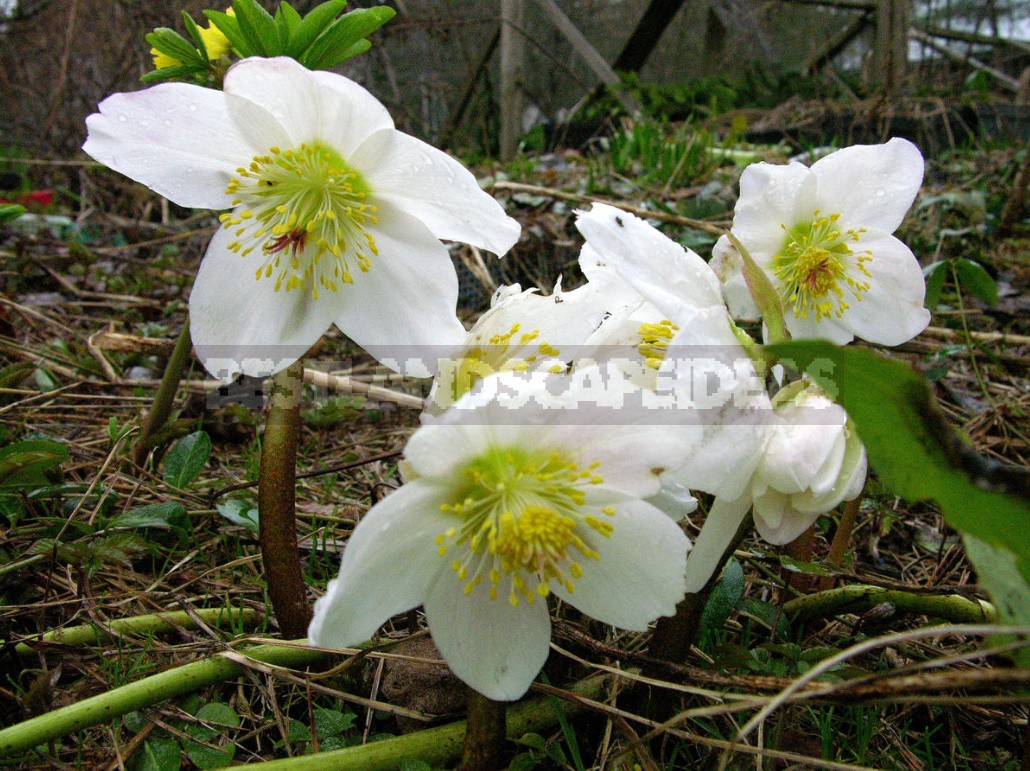
Why is Helleborus niger called the “Christmas rose”? No assumption stands up to criticism. There are stories about a shepherdess who had nothing to give to the new-born infant Christ. he (she) began to cry, the tears burned through the snow, and wonderful flowers grew. In fact, Helleborus niger grows in mountain forests and Alpine meadows in Croatia, Austria, Italy, Germany and Switzerland, rising to 6000 m above sea level. He never lived in Palestine, in Bethlehem in particular. And where there are snow-covered plains — if snow falls, then as an exception. Otherwise, what would shepherds do with their flocks?
Maybe they called it that because it blooms at Christmas. No, its flowering time is very uncertain. If, of course, not to expel specifically for this period, as is customary in Germany. And so in countries with a mild climate and snowless winters most often indicate December – February. But there is evidence of serious gardeners that there is a flowering in September and October. And that there are early varieties — ‘Praecox’, for example. Or even varieties with repeated flowering: in winter, in early summer and at the end. Someone believes that the ability to bloom early is an inherited property, and such varieties are a reality; someone claims that it is provoked by climatic phenomena… such an ancient culture, centuries old, and nothing useful can be found out.
However, it is better to dream that spring has come, and all of them have bloomed-black, Eastern with a retinue of hybrids, and even smelly, but beautiful. Some collectors and less ordinary things are found. So let’s go back to the charms of Helleborus niger and its varieties.
Helleborus niger and its varieties
In Helleborus, the concept of “variety” is quite stretched. In a strict sense, it applies only to clones-vegetatively propagated descendants that exactly repeat the characteristics of their parents. Seminal offspring always give cleavage. In good varieties, it is insignificant, and it is enough to reject the extreme forms to get a homogeneous group (of course, provided that the seeds are obtained after manual pollination). But not all nurseries bother with this painstaking task, providing it to bees who will not tell what will grow from such seeds.
But in any case, the seeds get a name. Often this name contains the words “strain” or “group”, but whether it will be a homogeneous material or a certain mixture, you can only determine by knowing what is hidden behind a specific name.

Wild Helleborus from most populations are pinkish or turn pink with age. There are indications that this happens after pollination, as if they are ashamed of something. But in the South of the range there is a subspecies of large-flowered Helleborus niger subsp. macranthus, which has pure white flowers.
Snow-white and pink flowers are the two main goals of selection. Different nurseries conduct parallel work, and it happens that their offspring differ only in names that may include the name of the manufacturer. For example, pure white flowers in ‘Ashwood Strain’, ‘Harvington Hybrids’; white and pink to varying degrees — in ‘Blackthorn Strain’, ‘Sunrise Group’.
Named white varieties represent the old proven ‘Potter’s Wheel’, ‘Josef Lemper’, ‘Trotter’s Form’, ‘White Magic’; pink – ‘Louis Cobbett’, ‘Sunset’. Interesting compact dwarf ‘Madame Fourcade‘ with a relatively large flower, rarely mentioned ‘Marion’ and ‘Pixie’ – Terry due to the development of the petals. Semi-double is considered ‘Jericho’, but it just has 8 sepals. ‘Buis’ (’Ras Buis‘) with highly elevated white flowers, ’Praecox’ – also large, white and suitable for early distillation.
Helleborus niger in breeding
Modestly blushing Helleborus niger is no less likely to establish fruitful relationships with relatives of other species. Particularly interesting are crosses with Helleborus lividus, Helleborus argutifolius and their hybrid-Helleborus x sternii, but they are mostly residents of southern areas. Which is very upsetting – because these plants have tall stems, decorated with wonderful tin leaves and large inflorescences. However, there is information about the successful wintering of Helleborus argutifolius, and some nurseries in Canada indicate its winter hardiness to zone 4.
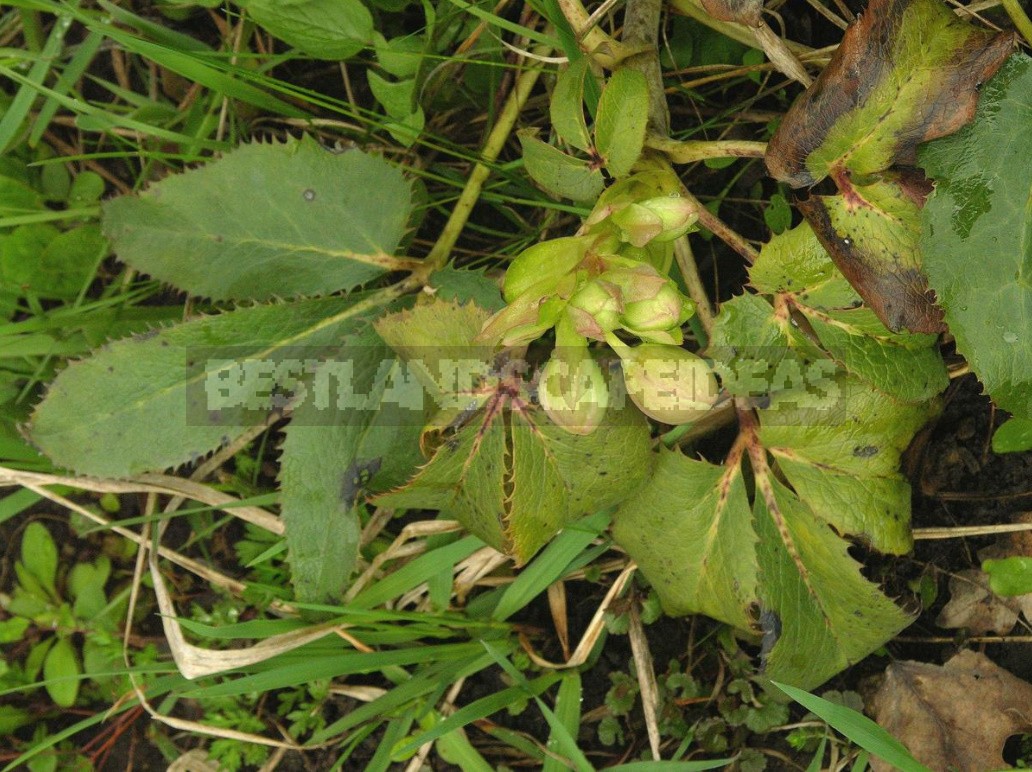
The very first cross was made in 1931 and obtained Helleborus niger (Helleborus x nigercors = Helleborus niger x Helleborus argutifolius), followed by Helleborus Ballard (Helleborus x ballardiae = Helleborus niger x Helleborus lividus) and Ericsmith (Helleborus x ericsmithii = Helleborus niger x Helleborus x sternii), named after famous Englishmen who achieved significant success from Helleborus.
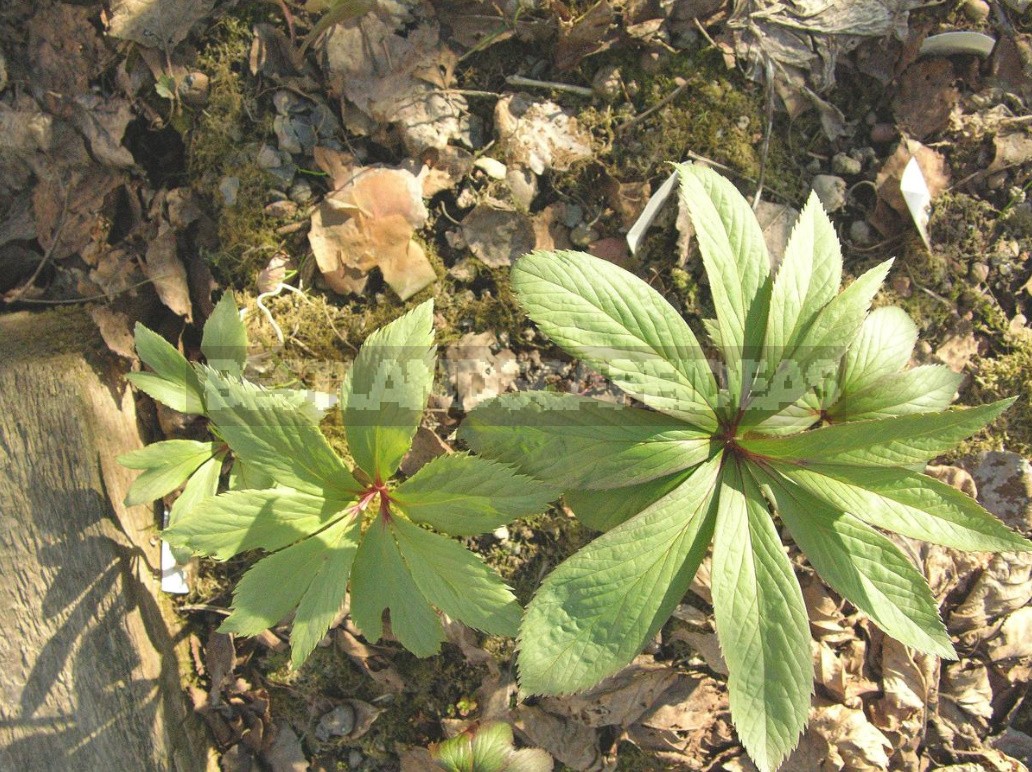
Recent hybrids include the achievements of the Ashwood nursery: the pale pink ‘Pink Ice‘ (Helleborus niger x Helleborus thibetanus) and ’Briar Rose’ (Helleborus niger x Helleborus vesicarius).
Helleborus foetidus and its varieties
Of the original stem species in the middle band, Helleborus foetidus from Central Europe is definitely reliable. Its woody stem at the base reaches a height of 60-90 cm by autumn and bears an inflorescence prepared for spring at the top; leathery leaves-fans also winter. They smell when rubbed, for which the botanists offended the plant with this name.
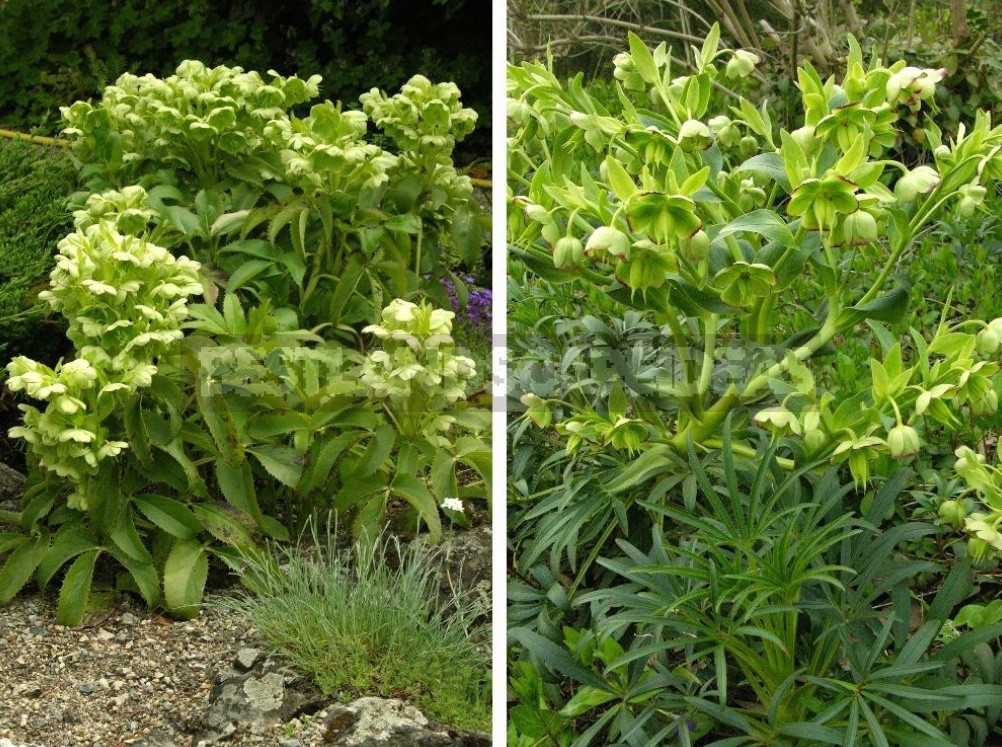
In spring, up to 40 small bell-shaped green flowers with reddish edges open. After fruiting, the stem dies and is replaced by several new ones. However, the life of the plant is short, 4-5 years and that’s it. So it will have to be constantly replanted, but it is not difficult at all. To better preserve the stems, they should be covered late in the fall with a leaf, branches of coniferous trees or other covering material.
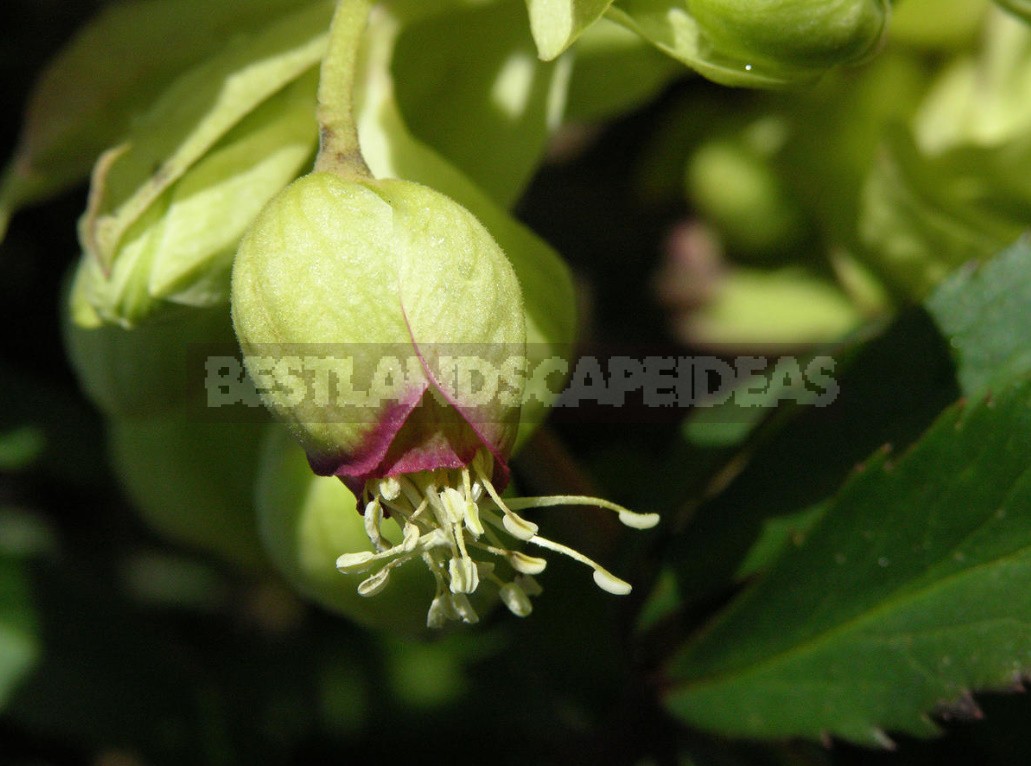
Helleborus foetidus cultivars have three themes: yellow leaves; leaves strongly dissected; the contrast of dark leaves and light inflorescence, with the stem often reddish.
- Yellow-leaved varieties ‘Chedglow’ (’Gold Bullion’) and yellow-mottled ‘Golden Showers’.
- Dissected: ‘Dunham Narrow Leaf’, ‘Green Giant’, ‘Marlene’, scented ‘Miss Jekyll’ (’Gertrude Jekyll’).
- Contrasting: ‘Wester Flisk Group’, ‘Piccadilly’, ’Sienna‘, ’Sopron‘,’Red Silver Strain‘ and ’Silvertooth’ with silver leaves.

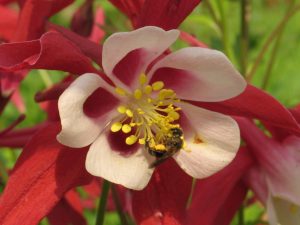
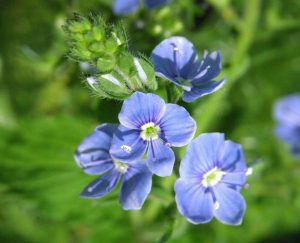
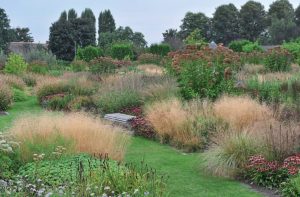
Leave a Reply